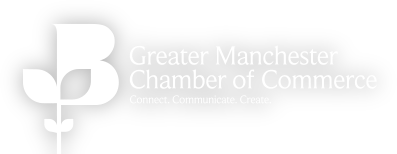Ask any Director what makes the ‘perfect’ Board meeting, and you will likely get a different answer each time. CEOs often emphasise strategic decision-making, CFOs focus on financial clarity, and NEDs value open and challenging debate.
While none of them are wrong, there are other important factors that Boards (and Company Secretaries in particular) need to manage to ensure meetings are as effective as possible. These factors can be grouped into three main categories:
Procedural
Temporal
Physical
Procedural Characteristics
Procedural elements determine how efficiently a Board meeting operates. A well-structured agenda is essential. It should prioritise key strategic items, allocate sufficient time for discussion, and include clear objectives for each topic. Most importantly, the Board needs to stick to it!
Board packs are another critical tool. They should be concise, logically organised, and distributed well in advance to allow proper preparation. Overly long or poorly structured papers can overwhelm Directors and hinder meaningful discussion. Similarly, late distribution leaves little time for review, often resulting in unproductive meetings as Directors are trying to digest the materials as much as they are trying to engage in effective debate.
Accurate and concise minutes should record decisions, actions, and key discussion points without unnecessary detail. Together, these procedural elements create the structure needed for effective governance and informed decision-making.
Temporal Characteristics
How meetings are timed and managed can significantly affect their quality. The duration should allow for robust discussion without causing fatigue. Sessions that are too long risk losing focus, while overly short meetings can lead to rushed or shallow debate. Most governance professionals agree that between three and four hours is the ‘sweet spot’, though meeting length should ultimately be tailored to the size of the Board and the agenda.
Timing within the day also matters. Morning meetings tend to benefit from better concentration and participation, while late-afternoon meetings can suffer from reduced engagement. Scheduled breaks help maintain focus and can also encourage informal conversation, which often supports the formal discussions.
Starting and finishing on time is another simple but effective discipline. It shows respect for everyone’s schedules, reinforces time management, and helps keep discussions purposeful and on track.
Physical Characteristics
The physical setting of a Board meeting is often overlooked but has a real impact on effectiveness. Room temperature, lighting, and seating arrangements all affect comfort and concentration. A well-lit, well-ventilated space promotes alertness and participation. Refreshments, though minor, can help maintain energy and create a more relaxed, professional environment.
In today’s hybrid working environment, Boards must also consider whether meetings should be physical, virtual, or a combination of both. Virtual meetings increase flexibility and attendance but can limit engagement and spontaneous discussion. Hybrid approaches, when managed well, can balance inclusivity with effective communication.
Conclusion
A successful Board meeting is not about achieving unanimous agreement but about enabling clear, informed decision-making. By managing procedural, temporal, and physical factors effectively, Boards can create the conditions for productive discussion, sound governance, and better strategic outcomes.
The Best Board Meeting Ever – It Might Be Fantasy but Maybe it is Possible
Date: 03/11/2025
Author: Bex Hudson
Company: AC Legal

